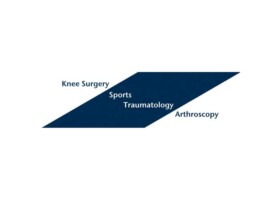
Authors:
Peter J. Millett, M.D., J. Christoph Katthagen, Gabriella Bucci, Gilbert Moatshe, & Dimitri S. Tahal
Abstract:
Purpose
The optimum treatment strategy for the surgical management of partial-thickness rotator cuff tears (PTRCT) is evolving. In this study, two research questions were sought to be answered: "Does the repair technique for PTRCTs involving >50% of the tendon thickness have an effect on structural and functional outcomes of arthroscopic repair?" and "Is there a difference in outcomes of arthroscopically treated articular- and bursal-sided PTRCTs?".
Methods
A systematic review according to the PRISMA statement was conducted to identify all literature published reporting on outcomes of arthroscopic treatment of PTRCTs classified with the Ellman classification with minimum 2-year follow-up. Prospective randomized trials were eligible for quantitative synthesis. A total of 19 studies, published between 1999 and 2015, met the inclusion criteria of this systematic review. Two studies reporting outcomes of articular-sided PTRCTs with prospective randomized study design were included in quantitative synthesis calculations.
Results
Arthroscopic repair of PTRCTs >50% thickness results in significant pain relief and good to excellent functional outcomes. When in situ repair was compared with repair of the tendon after completion to full-thickness RCT, there were no significant differences in functional or structural outcomes or complication rates. The best treatment method for low-grade PTRCTs remains unclear.
Conclusions
The repair technique (in situ repair versus repair of the tendon after completion to full-thickness RCT) did not significantly affect the outcomes for arthroscopic repair of PTRCTs >50% thickness. The current literature contains evidence for inferior outcomes and higher failure rates after arthroscopic debridement of bursal-sided compared to articular-sided PTRCTs, and some evidence suggests that repair of lower-grade bursal-sided tears may be beneficial over debridement.
